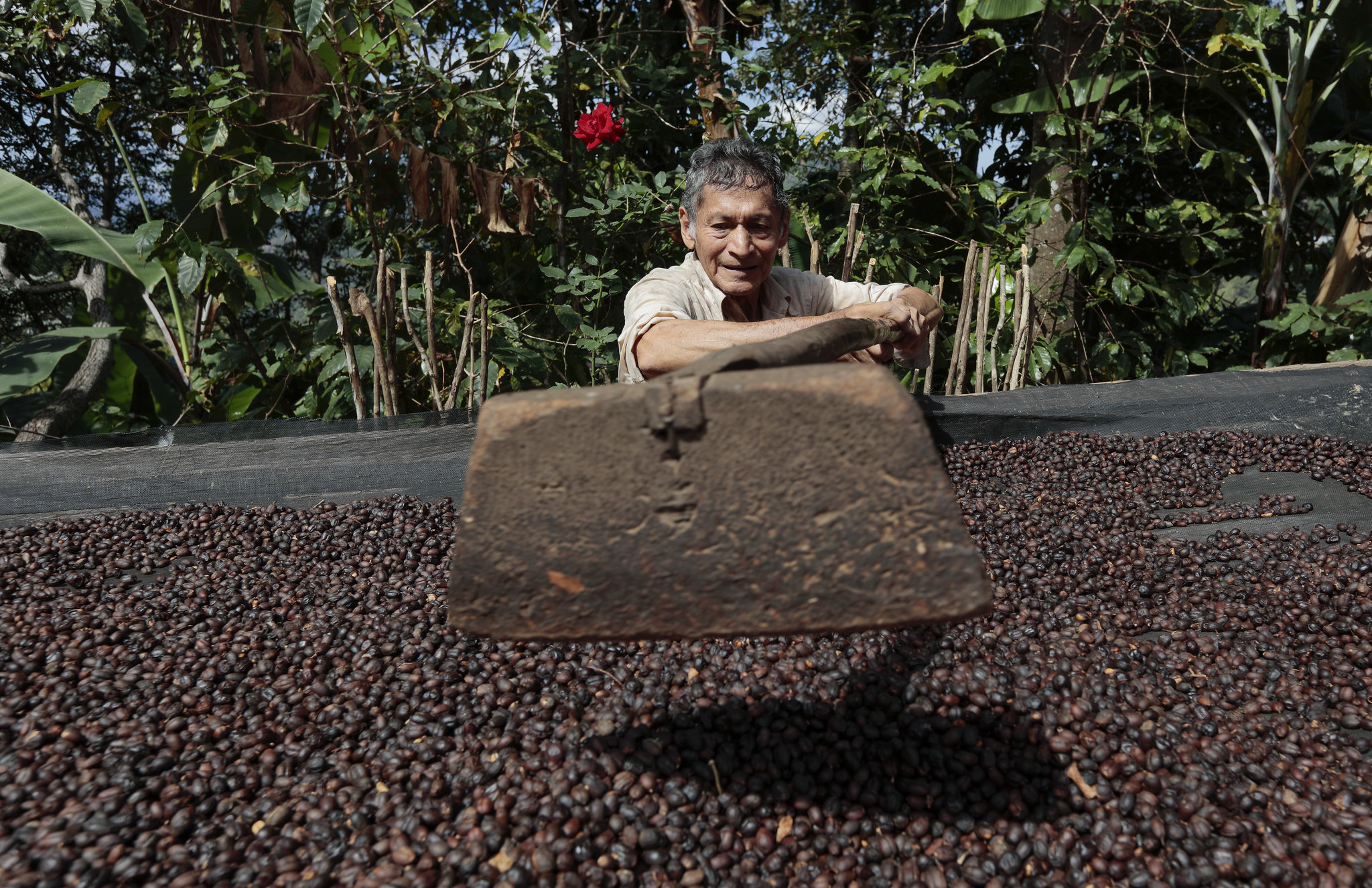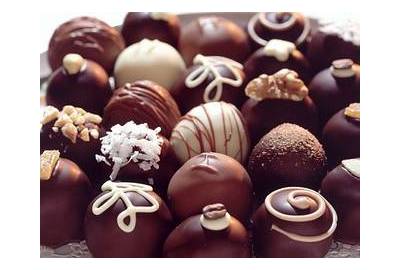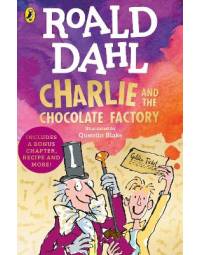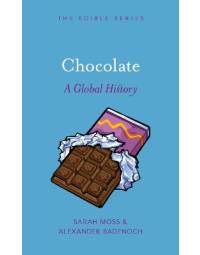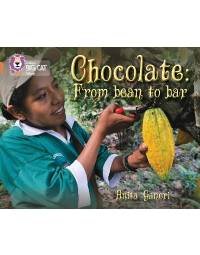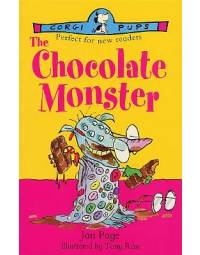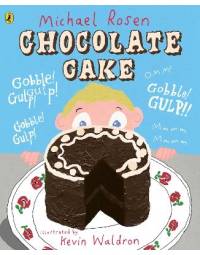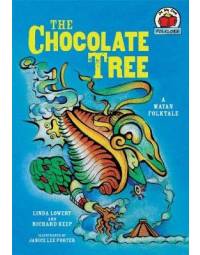Most of us have enjoyed many chocolate bars in our lives, though have you ever thought about the origin story of the exotic treat? Using a range of informative books, you can dive into the rich history of chocolate and creates an abundance opporunity for discussion and further learning.
Madeleine Lindley suggests these titles to explore the sweet treat that is chocolate:
- The Story of Food: Chocolate - Alex Woolf
- Chocolate - Jillian Powell
- Chocolate Tree - Linda Lowery
- The Story of Chocolate - Katie Daynes
The following questions could be used for an open conversation in the classroom, a homework assignment or a test.
Where does chocolate originate from?
Students can be asked a number of questions to solidify their understanding of the origins of chocolate. These include:
- How did the chocolate story begin?
- Who pollinates the cacao tree?
- What is unusual about the pods?
- What has to happen to the seeds before they become chocolate?
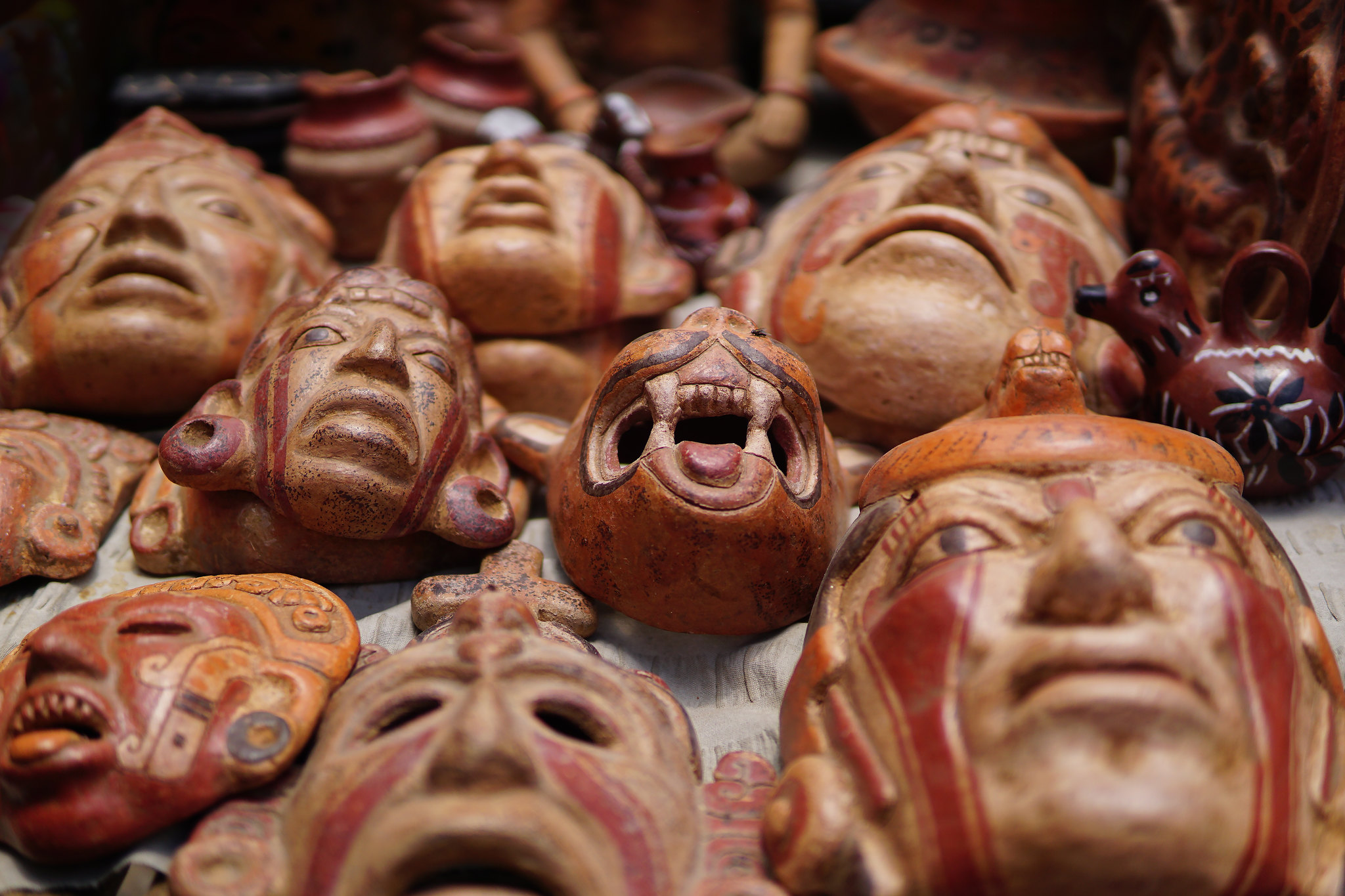

Who figured out how to make chocolate?
The Maya regarded chocolate in the highest esteem and could be called the world's first chocolatiers. Questions to further disucss this include:
- How do we know about the Maya's relationships with chocolate?
- What is the earliest know recording of humans eating chocolate?
- Who was chocolate traditionally served to?
How did chocolate used to be made?
Questions to dive into how the Maya's used to make chocolate thousands of years ago include:
- What did the Maya use to toast cacao seeds?
- How long does the process take?
- What is the significance of the back-and-forth pouring?
- What was chocolate sweetened with?
- What else was added to chocolate for other tastes?
Who followed in the Maya’s footsteps?
The evolution of chocolate from ancient production methods to today is a rich story to learn about. To carry your students along the journey from the Maya's to the Aztecs and beyond, here are some more questions to ask them:
- How did the Aztecs get cacao seeds?
- What are cacao seeds known as in Spain and Ecuador?
- What do we know about Montezuma and chocolate?
How did chocolate spread to the rest of Europe?
As chocolate travelled over seas, more people could enduldge in the delicious treat. However, this was at the expense of the people living under colonial rule. Questions to consider this history include:
- How did the Spaniards change the taste of chocolate?
- Where does the word ‘chocolate’ come from?
- How the slave trade was pivotal in the development of chocolate?
- What had not changed from the days of the Maya and Aztecs?
- Did everyone share the same views on chocolate?What did people do in chocolate houses?
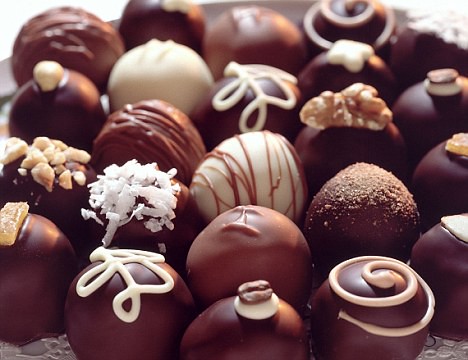

How did chocolate making change in the 19th and 20th centuries?
New tehcniques and daring thinkers hugely influenced the trajectory of chocolate. To learn more about these pivotal individuals, ask your students:
- How did Coenraad Van Houten change the fate if chocolate?
- When was the first edible solid chocolate available in England?
- How did Daniel Peter change chocolate?
- What is ‘conching’?
- What changed during ‘tempering?’
- What did fake chocolate include?
- How did the invention of the fridge change the fate of chocolate?
- How did chocolate feature during WW1?
- Which chocolate bars made then are still popular today?
How have health views about choclate changed?
We now know chocolate as a sweet treat to be consumed in moderation, but was it always like this? Some questions to dive into this topic include:
- How was chocolate promoted for health?
- How did critics strike back?
- How much do Americans spend on candy on Valentine's?
What is the impact of moden chocolate making?
Thanks to the development of modern technology, chocolate has become a widely available item for a number of hosueholds across the globe. However, these novel methods have created a variety of new enviornmental and social issues with them.
- How are chocolate chips made?
- How many chips are made in an hour?
- Where do most cacao trees grow today?
- How has the cacao tree contributed to the problem of the rainforest?
- How is chocolate transported to smaller companies?
- Has once-royal chocolate become completely democratic?
You can order the previously mentioned titles on on the Madeleine Lindley website or pick it up from one of our shelves in the Book Centre. Our staff can also expertly compile topic packs on chocolate for a range of year groups:
